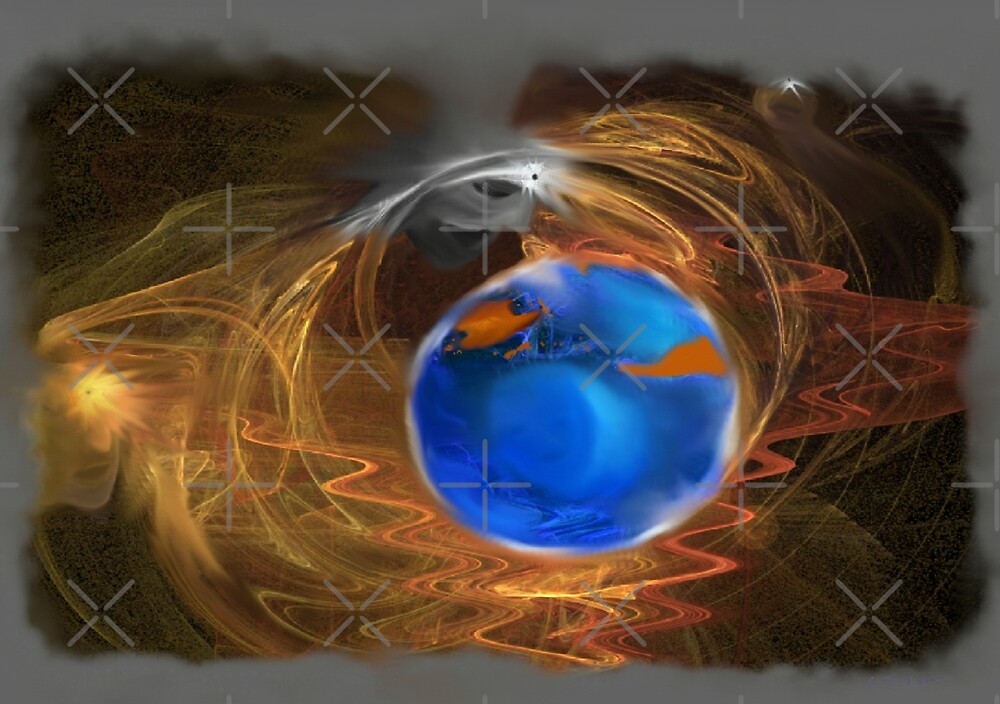

The more phlogiston it had, the more readily it would burn.ĭoes phlogiston exist? This seems like it should be easy enough to establish: either a thing exists, or it does not. If a thing had phlogiston in it, it would burn and if it had no phlogiston in it, it would not burn. There is a question which seems reasonable: why do some things (like matches) burn, while other things (like rocks) do not? Back in 1770, Joseph Priestly believed, following long scientific consideration, that the answer lay in phlogiston. Why is that? (Source: LeBanc via Pixaby.) Is it true that phlogiston exists? The history of phlogiston is instructive at this point. Is science is able to find the truth? Would scientists recognise the truth if they found it? And ask, irrespective of what scientists think they are doing, what can and does actually happen. Let us therefore break the question down a little. They don’t.” This discrepancy of opinions between established physicists should suggest to us that, maybe, things are not as simple as Descartes would have us believe. When asked “What scientific concept would improve everybody’s cognitive toolkit?” Neil Gershenfeld, director of MIT’s Center for Bits and Atoms, said, “The most common misunderstanding about science is that scientists seek and find truth. That being said, not everyone got the memo. He makes this clear in books with titles like Science and Religion in Quest of Truth. John Polkinghorne, physicist and priest, is an advocate for such a position.
Phenomena and noumena full#
The full title of René Descartes’ Discourse on Method is Discourse on the Method of Rightly Conducting One’s Reason and of Seeking Truth in the Sciences.

Science has a long history of being considered to be truth-seeking. Palmerĭoes science seek truth? Can science find truth? How certain can we be of any apparent truths science finds? Re-Assembling Reality #13, by Mike Brownnutt and David A.

The confrontation between King Mark and Tristan at the end of Act II encapsulates "many of the key issues of Schopenhauer's philosophy (the essentially tragic nature of existence, the futility of the question "Why," compassion as the basis of morality, the "Grund (reason or cause) " of existence, the limits of what can be experienced, and the impossibility of knowledge concerning the metaphysical noumenon)." (Chafe, 47) Since noumenon cannot cause the phenomenon, King Mark's search for the ultimate causality, the "why" of existence, is in vain.Understanding science’s relation to the unseen.

Recognizing the omnipresent character of the will is as close as one can come to knowledge of the world "an sich."Įric Chafe describes the Schopenhauerian progression in Tristan: For Schopenhauer this might be accomplished by denial of insatiable desire and the will-to-life. There are ways to approach the noumenon from the external world, or even to transcend it one can think of a black hole as a door to another world. In fact, the boundary between the phenomenal and noumenal realms itself is somewhat gray. These binary polarities are not inevitably of the either/or variety or the plus/minus of modern parlance. something beyond, to mention a few of the oppositions. unconscious, even conventional musical form vs. This distinction between phenomenal and noumenal lies at the heart of Wagner's Tristan and Isolde – appearance vs. According to Schopenhauer, phenomenon and noumenon are the same reality apprehended in two different ways: the noumenon is the inner significance, the true but hidden and inaccessible essence, of what we perceive outwardly as the phenomenal world. The noumenal realm (a single, undifferentiated entity – thing-in-itself – that is spaceless, timeless, non-material, beyond the reach of causality) is inaccessible to experience. The phenomenal realm is the highly differentiated, external world of material objects as humans experience it with their senses, in other words a representation of the mind in which space, time and causality define the perceptions. Total reality = phenomenal realm + noumenal realm.


 0 kommentar(er)
0 kommentar(er)
